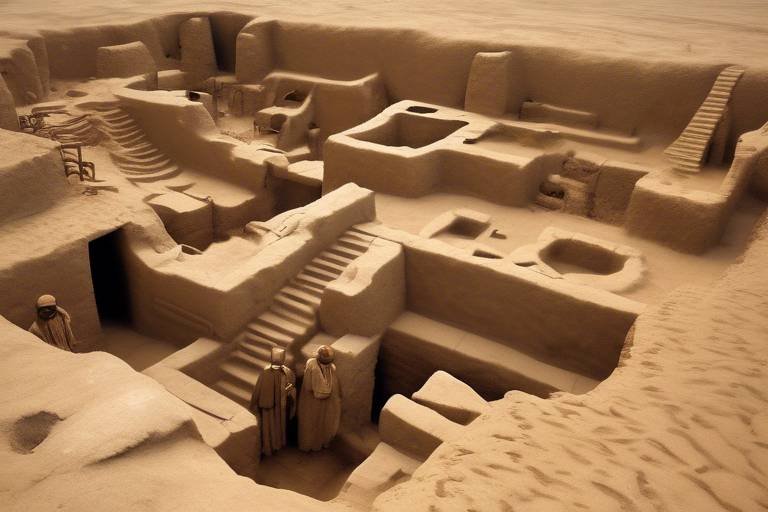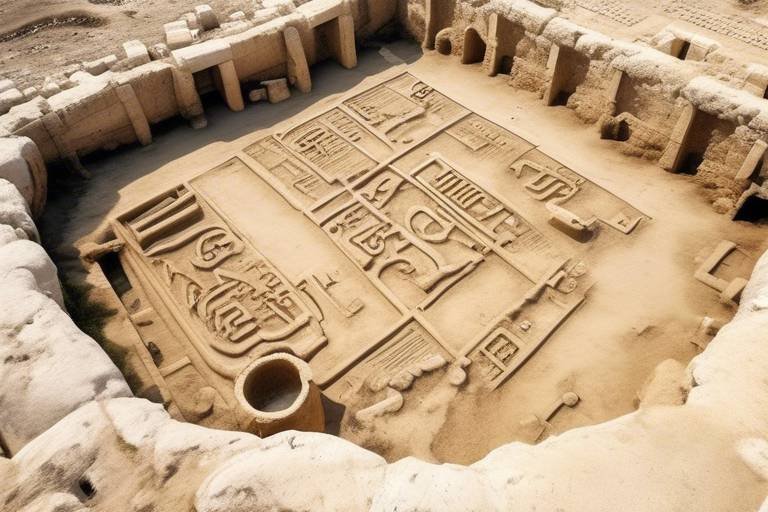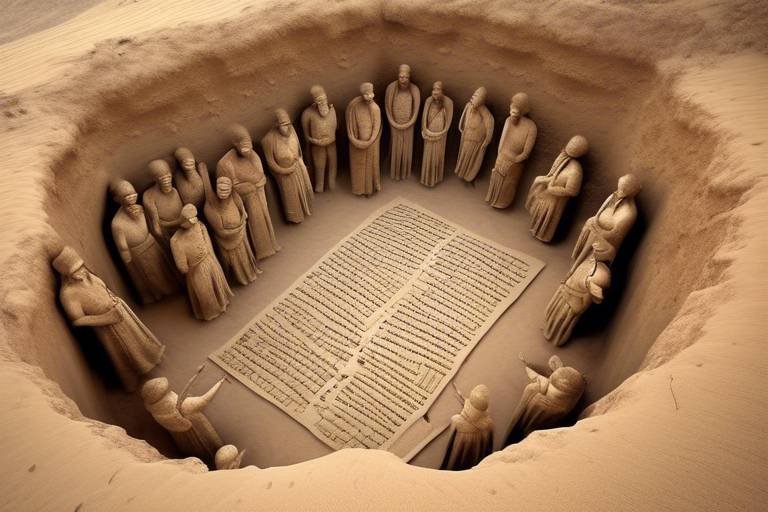The Contributions of Sir Leonard Woolley to Mesopotamian Studies
Sir Leonard Woolley, a pioneering figure in the field of Mesopotamian studies, made remarkable contributions that continue to shape our understanding of ancient civilizations. Through his meticulous archaeological excavations and groundbreaking research, Woolley unearthed invaluable insights into the history, culture, and societal structures of Mesopotamia.
Woolley's work at the ancient city of Ur stands as a testament to his dedication and expertise. His excavations revealed royal tombs, precious artifacts, and well-preserved architectural remains, shedding light on the rich tapestry of Sumerian civilization. These discoveries not only captivated the world but also transformed the landscape of archaeological knowledge.
One of Woolley's key strengths lay in his innovative approach to excavation techniques. His emphasis on thorough documentation, including detailed stratigraphic analysis and meticulous record-keeping, set new standards for archaeological methodology in the early 20th century. Woolley's methods not only advanced the field but also paved the way for future generations of archaeologists.
As an astute interpreter of ancient artifacts, Woolley offered compelling insights into Mesopotamian society. His theories on social organization, religious practices, and daily life provided a nuanced understanding of the complexities of ancient civilizations. Through his interpretations, Woolley brought the past to life, allowing us to glimpse into the world of our ancestors.
The legacy of Sir Leonard Woolley reverberates through the corridors of Mesopotamian studies. His work continues to inspire researchers, scholars, and enthusiasts alike, shaping ongoing explorations and publications in the field of archaeology. Woolley's dedication to preserving cultural heritage has left an indelible mark on the study of ancient civilizations.
While Woolley's contributions are widely celebrated, his work has not been without controversy. Debates over his methodologies, conservation practices, and potential cultural biases have sparked critical discussions within the archaeological community. Despite these challenges, Woolley's impact on Mesopotamian studies remains undeniable.
Through his significant publications, lectures, and academic contributions, Sir Leonard Woolley cemented his place as a luminary in the realm of Mesopotamian history and archaeology. His insights have enriched our understanding of the past, offering a glimpse into the intricate tapestry of ancient civilizations that once thrived in the cradle of civilization.
For his pioneering work in Mesopotamian studies, Sir Leonard Woolley received numerous honors, awards, and recognition. His enduring legacy serves as a testament to his unwavering commitment to unraveling the mysteries of the past and preserving the cultural heritage of ancient civilizations for future generations.

Early Life and Education
Sir Leonard Woolley, a prominent figure in the field of archaeology, had a fascinating early life that laid the foundation for his groundbreaking work in Mesopotamian studies. Born in 1880 in London, Woolley displayed a keen interest in history and ancient civilizations from a young age. His academic journey began at Oxford University, where he studied classics and archaeology, immersing himself in the rich tapestry of ancient cultures.
Woolley's passion for archaeology was ignited during his participation in excavations in Britain and Italy, where he honed his skills in fieldwork and artifact analysis. These formative experiences instilled in him a deep appreciation for the tangible remnants of past societies and a desire to unravel the mysteries they held.
Upon completing his studies, Woolley embarked on a series of expeditions to the Middle East, where he encountered the remnants of ancient Mesopotamian civilizations. The allure of this cradle of civilization captivated Woolley, driving him to delve deeper into its history and cultural complexities.
His early years spent excavating sites in Mesopotamia provided Woolley with invaluable hands-on experience and a profound understanding of the region's archaeological significance. Through meticulous documentation and analysis of artifacts, Woolley began piecing together the puzzle of Mesopotamia's past, setting the stage for his seminal contributions to the field.
Woolley's journey from a curious student to a pioneering archaeologist was marked by a relentless pursuit of knowledge and a deep-seated curiosity about the ancient world. His early life and education not only shaped his career but also laid the groundwork for transformative discoveries that would forever change our understanding of Mesopotamian civilization.
- What were Sir Leonard Woolley's most significant discoveries at Ur?
- How did Sir Leonard Woolley's archaeological techniques influence modern excavation practices?
- What controversies surrounded Sir Leonard Woolley's work in Mesopotamia?
- What is Sir Leonard Woolley's enduring legacy in the field of archaeology?
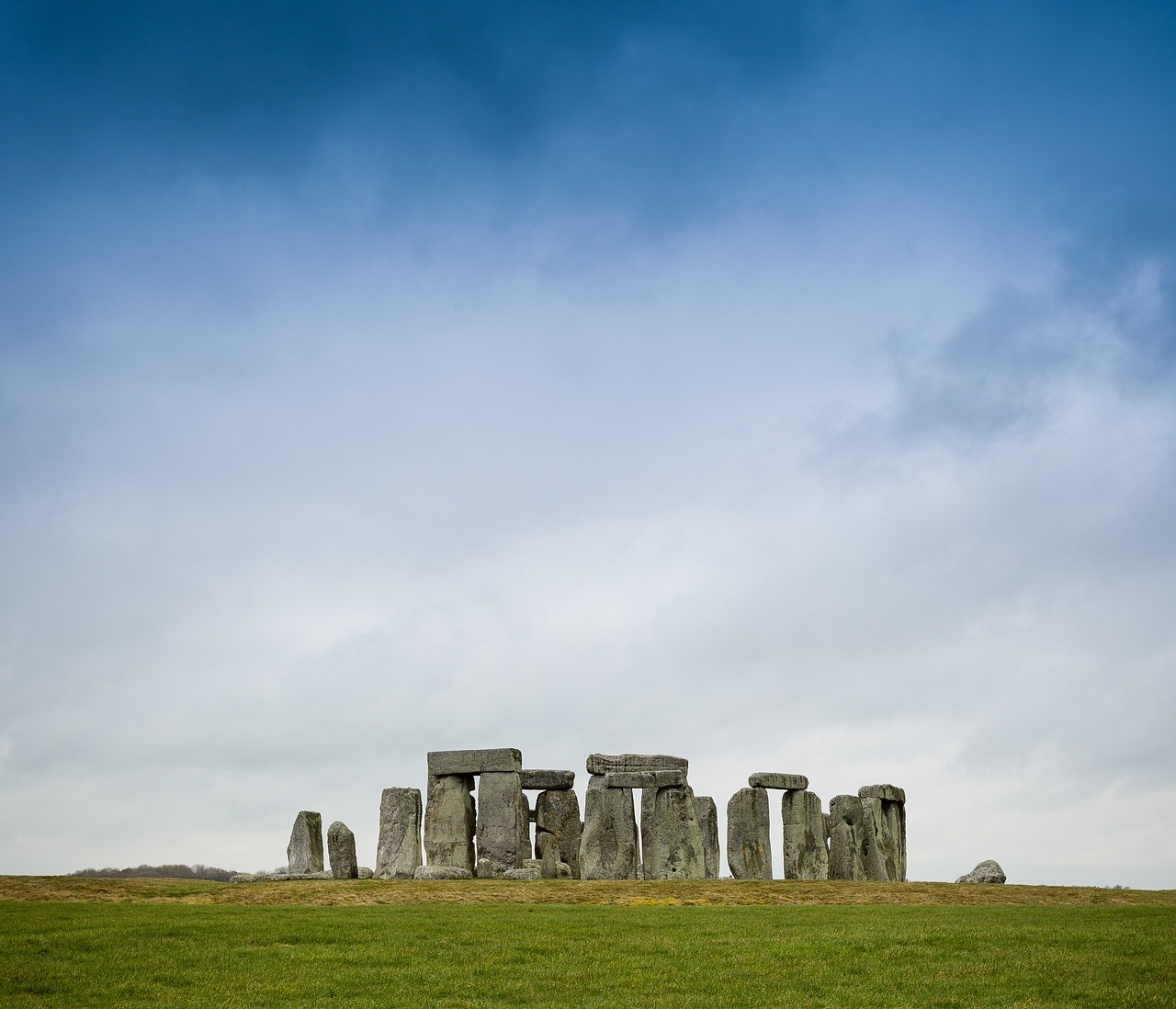
Excavations at Ur
Sir Leonard Woolley's excavations at the ancient city of Ur stand as a cornerstone of archaeological discovery in Mesopotamia. With meticulous precision and unwavering dedication, Woolley unearthed a treasure trove of artifacts and insights that reshaped our understanding of Sumerian civilization. The excavations at Ur revealed not just physical remains but also a window into the daily lives, religious practices, and societal structures of the ancient inhabitants.
One of the most remarkable aspects of Woolley's excavations was the discovery of royal tombs that provided a glimpse into the opulence and sophistication of Sumerian royalty. The intricate artifacts found within these tombs, such as jewelry, weapons, and ceremonial objects, painted a vivid picture of the cultural and artistic achievements of the time. Additionally, the architectural remains uncovered by Woolley showcased the advanced urban planning and construction techniques employed by the ancient Mesopotamians.
Woolley's pioneering use of stratigraphic analysis, a method of studying the layers of soil and sediment to determine the chronological sequence of events, revolutionized archaeological techniques. By meticulously documenting each layer and artifact found during the excavations, Woolley set a new standard for thoroughness and accuracy in archaeological research. His attention to detail not only ensured the preservation of valuable historical data but also enabled future generations of archaeologists to build upon his work.
Moreover, the excavations at Ur under Woolley's guidance provided valuable insights into the economic and social structures of Sumerian society. Through the analysis of everyday objects, tools, and infrastructure, Woolley pieced together a comprehensive picture of the division of labor, trade networks, and governance systems that characterized ancient Mesopotamia. His interpretations of the discoveries at Ur continue to inform scholarly debates and research in the field of archaeology.
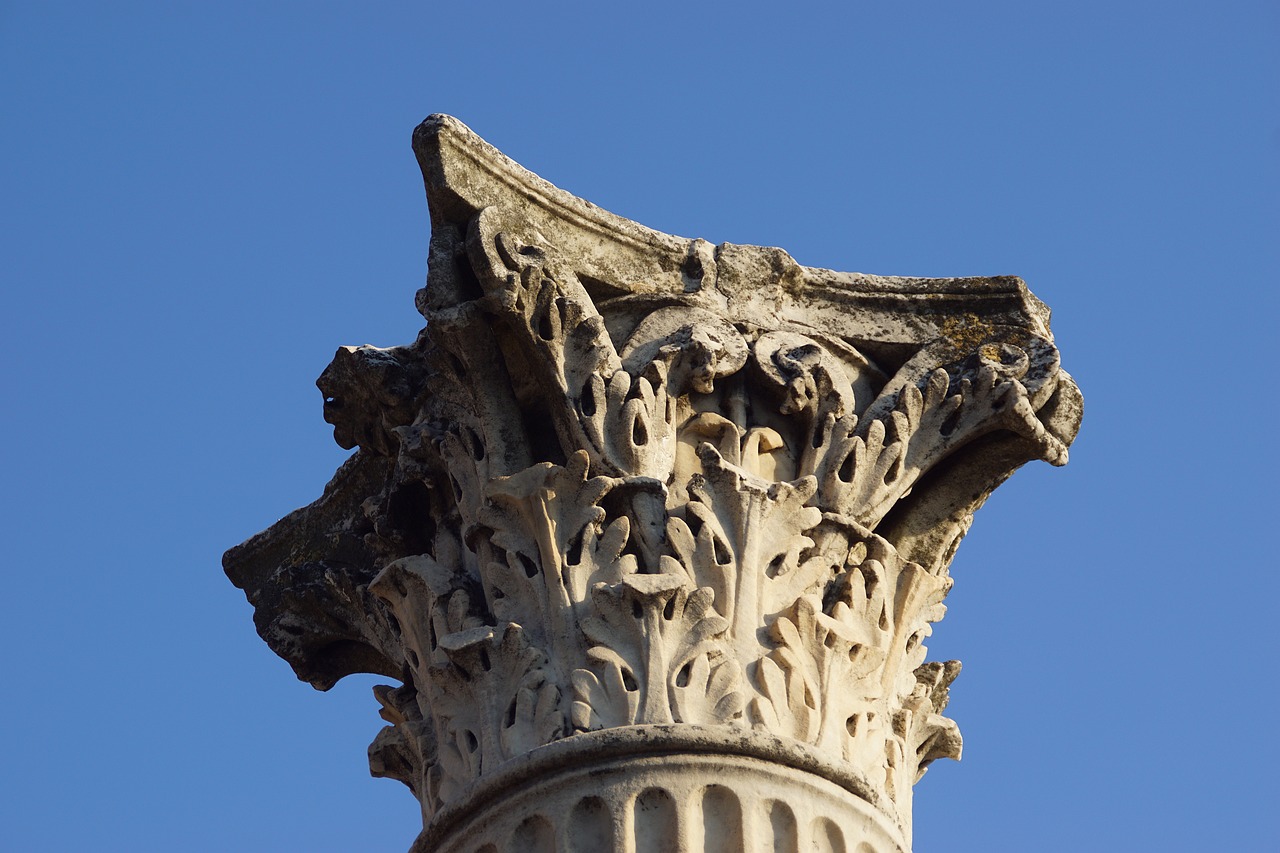
Advancements in Archaeological Techniques
Sir Leonard Woolley was not only known for his remarkable discoveries in Mesopotamia but also for his innovative advancements in archaeological techniques. His meticulous approach to excavation and documentation set new standards for the field in the early 20th century. Woolley introduced stratigraphic analysis, a method of studying the layers of soil and debris to understand the chronological sequence of a site's occupation. This technique allowed him to reconstruct the history of ancient civilizations with unprecedented accuracy. Additionally, Woolley emphasized the importance of detailed record-keeping, ensuring that every artifact and structure unearthed during excavations was thoroughly documented.

Interpretation of Discoveries
Sir Leonard Woolley's interpretations of the discoveries made during his archaeological excavations in Mesopotamia have provided valuable insights into the ancient civilization that once thrived in the region. Through his meticulous examination of artifacts, structures, and inscriptions, Woolley formulated theories that shed light on various aspects of Mesopotamian society.
One of the key areas of interpretation focused on by Woolley was the social organization of ancient Mesopotamian communities. By studying the layout of cities, the distribution of wealth, and the presence of administrative buildings, he proposed models of governance and hierarchy that shaped his understanding of how these societies functioned.
Additionally, Woolley delved into the religious practices of the Mesopotamians, drawing connections between the artifacts found in temples and the rituals described in cuneiform texts. His interpretations provided a glimpse into the spiritual beliefs and practices that were integral to the daily lives of the ancient inhabitants.
Furthermore, Woolley's analysis of everyday objects unearthed at excavation sites offered valuable insights into the daily lives of Mesopotamians. From pottery and tools to personal adornments, these artifacts provided clues about domestic life, craftsmanship, and trade within the civilization.
By piecing together the fragments of the past, Sir Leonard Woolley's interpretations have contributed significantly to our understanding of Mesopotamian culture, economy, and belief systems. His ability to connect the dots between archaeological evidence and historical texts has enriched the field of ancient studies and continues to inspire further research and exploration.
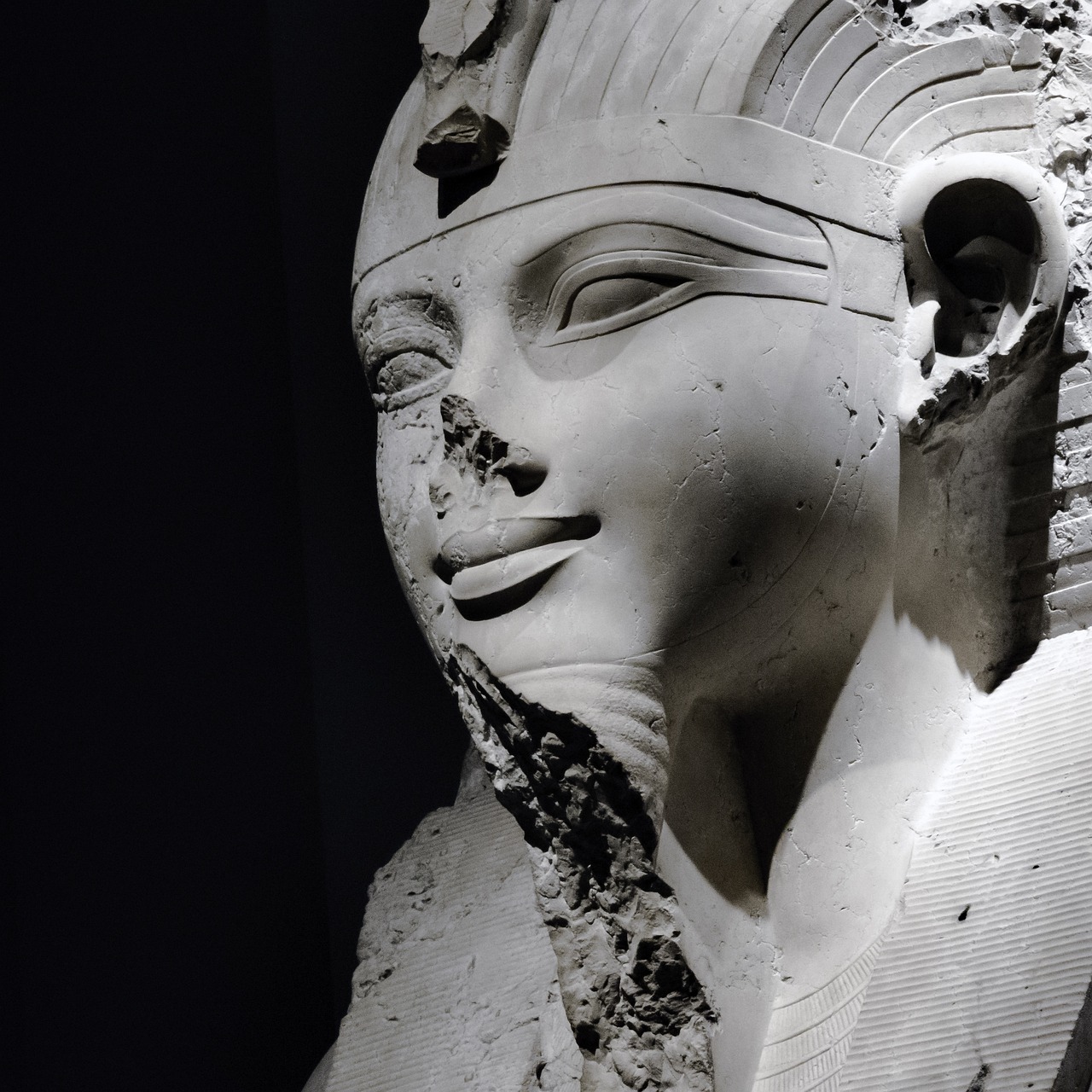
Legacy in Mesopotamian Studies
Sir Leonard Woolley's legacy in Mesopotamian studies is nothing short of monumental. His pioneering work in archaeology has left an indelible mark on the field, shaping our understanding of ancient Mesopotamia in profound ways. Woolley's excavations and research have provided invaluable insights into the history, culture, and societal structures of this ancient civilization.
One of the most significant aspects of Woolley's legacy is his meticulous documentation and preservation of artifacts and architectural remains. Through his detailed records and careful excavation techniques, he set a new standard for archaeological methodology in the early 20th century. This attention to detail has allowed researchers to continue studying and interpreting his findings to this day.
Furthermore, Woolley's interpretations of the discoveries at Mesopotamian sites have sparked ongoing debates and discussions within the archaeological community. His theories on social organization, religious practices, and daily life in ancient Mesopotamia have influenced subsequent research and continue to shape our understanding of the civilization.
Woolley's legacy extends beyond his own excavations, as he has inspired generations of archaeologists and researchers to delve into the rich history of Mesopotamia. His publications, lectures, and academic contributions have served as foundational texts in the field, guiding future studies and discoveries.
Overall, Sir Leonard Woolley's legacy in Mesopotamian studies is characterized by his passion for uncovering the past and his dedication to preserving cultural heritage. His impact continues to be felt in the ongoing exploration of ancient civilizations and the quest to unravel the mysteries of our shared human history.
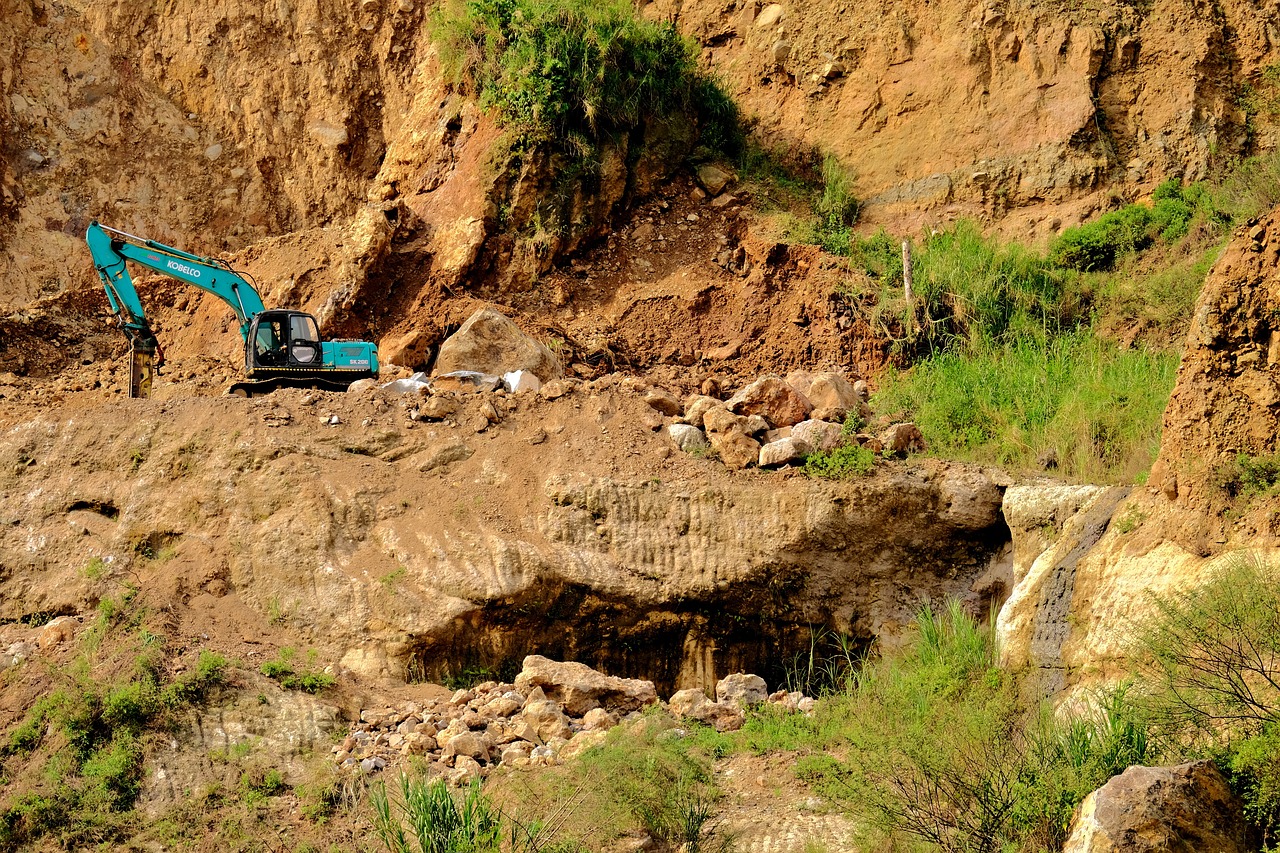
Controversies and Criticisms
When it comes to the legacy of Sir Leonard Woolley in Mesopotamian studies, it is essential to address the controversies and criticisms that have surrounded his work. While Woolley's excavations at sites like Ur have been groundbreaking in many ways, they have also faced scrutiny and debate from the archaeological community.
One of the main criticisms leveled against Woolley is related to his excavation methodologies. Some scholars have raised concerns about the way in which he conducted his digs, suggesting that his approach may have been too aggressive or destructive to the archaeological record. Additionally, there have been debates about the accuracy of his interpretations of the findings, with some arguing that Woolley may have imposed his own cultural biases onto the ancient artifacts.
Another point of contention is the conservation practices employed by Woolley during his excavations. Critics have questioned whether he adequately preserved the sites and artifacts he uncovered, raising concerns about the long-term impact of his work on the cultural heritage of Mesopotamia. These debates highlight the complex ethical considerations involved in archaeological research and the importance of responsible excavation and preservation practices.
Furthermore, some have criticized Woolley for the way in which he presented his findings to the public and academic community. There have been discussions about the transparency of his research methods and the extent to which he engaged with local communities and indigenous perspectives. These criticisms underscore the need for ongoing reflection and dialogue within the field of archaeology to ensure that research is conducted ethically and respectfully.
In conclusion, while Sir Leonard Woolley's contributions to Mesopotamian studies have been significant, it is crucial to acknowledge and engage with the controversies and criticisms that have arisen around his work. By critically examining the methodologies, interpretations, and ethical considerations involved in archaeological research, we can continue to advance our understanding of ancient civilizations and ensure the preservation of their cultural heritage for future generations.

Publications and Academic Contributions
Sir Leonard Woolley was a prolific writer and scholar whose publications and academic contributions have significantly enriched our understanding of Mesopotamian history and archaeology. His extensive excavations and research findings were meticulously documented and presented in various scholarly works, contributing to the advancement of knowledge in the field.
One of Woolley's most renowned publications is his comprehensive report on the excavations at Ur, where he detailed the discoveries of royal tombs, intricate artifacts, and architectural marvels that provided invaluable insights into the ancient Sumerian civilization. This seminal work not only showcased his meticulous excavation techniques but also highlighted his ability to interpret and contextualize archaeological findings.
In addition to his excavation reports, Woolley authored numerous academic papers and delivered lectures that delved into diverse aspects of Mesopotamian culture, society, and history. His writings on topics such as social organization, religious practices, and urban planning shed light on the complexities of ancient Mesopotamian civilization and continue to be referenced by scholars and researchers in the field.
Woolley's academic contributions extended beyond his fieldwork, as he played a key role in shaping the methodologies and practices of archaeology in the early 20th century. His emphasis on stratigraphic analysis, careful documentation of findings, and interdisciplinary collaboration set new standards for archaeological research and laid the foundation for future excavations in the region.
Moreover, Woolley's dedication to preserving and disseminating cultural heritage is evident in his efforts to publish accessible and engaging accounts of his archaeological discoveries. His ability to communicate complex historical narratives in a compelling manner has made his works not only informative but also engaging for a wide audience interested in ancient civilizations.
Overall, Sir Leonard Woolley's publications and academic contributions have left an indelible mark on the field of Mesopotamian studies, inspiring generations of archaeologists, historians, and enthusiasts to explore the rich cultural heritage of the region. His legacy continues to resonate in academic circles and beyond, ensuring that his pioneering work remains a cornerstone of modern archaeological scholarship.

Honors and Recognition
Throughout his illustrious career, Sir Leonard Woolley received numerous honors and accolades for his groundbreaking contributions to Mesopotamian studies. His pioneering work in archaeology and unwavering dedication to unraveling the mysteries of ancient civilizations earned him recognition from prestigious institutions and organizations worldwide.
One of the most notable honors bestowed upon Sir Leonard Woolley was his appointment as a Fellow of the British Academy, a prestigious recognition of his scholarly achievements and significant impact on the field of archaeology. This esteemed title solidified his position as a leading authority in Mesopotamian studies and highlighted the profound influence of his research on the academic community.
In addition to his fellowship with the British Academy, Sir Leonard Woolley was also honored with the Order of the British Empire (OBE) for his outstanding contributions to archaeological research and cultural preservation. This distinguished award reflected the high regard in which his work was held, both nationally and internationally, and underscored the importance of his discoveries in shaping our understanding of ancient civilizations.
Furthermore, Sir Leonard Woolley's legacy was commemorated through the establishment of the Woolley Fund, a foundation dedicated to supporting archaeological endeavors and promoting cultural heritage conservation. This enduring tribute serves as a testament to his enduring impact on the field of archaeology and his commitment to advancing knowledge of the past for future generations.
As a testament to his exceptional achievements and lasting legacy, Sir Leonard Woolley's name continues to be synonymous with excellence in Mesopotamian studies. His honors and recognition stand as a testament to his remarkable contributions to the field of archaeology and the enduring significance of his work in unraveling the mysteries of ancient civilizations.
Frequently Asked Questions
- 1. What were some of the key discoveries made by Sir Leonard Woolley at Ur?
Sir Leonard Woolley's excavations at Ur unearthed royal tombs, artifacts, and architectural remains that provided valuable insights into Sumerian civilization. Some of the notable discoveries include the "Royal Cemetery" with its treasures, the Great Ziggurat of Ur, and evidence of sophisticated urban planning.
- 2. How did Sir Leonard Woolley revolutionize archaeological techniques?
Sir Leonard Woolley introduced innovative methods such as stratigraphic analysis and meticulous record-keeping during his excavations, setting new standards for archaeological methodology. His meticulous approach to documentation and preservation of artifacts greatly advanced the field of archaeology.
- 3. What was Sir Leonard Woolley's legacy in Mesopotamian studies?
Sir Leonard Woolley's work had a lasting impact on Mesopotamian archaeology, influencing subsequent research, publications, and the preservation of cultural heritage in the region. His interpretations of ancient artifacts and structures continue to shape our understanding of Mesopotamian history, culture, and societal structures.
- 4. What controversies and criticisms have been associated with Sir Leonard Woolley's work?
Some controversies surrounding Sir Leonard Woolley's excavations include debates over his methodologies, conservation practices, and potential cultural biases in his interpretations. Critics have raised questions about the accuracy of his reconstructions and the implications of his findings on broader historical narratives.
- 5. How did Sir Leonard Woolley contribute to modern understanding of Mesopotamian history?
Through his significant publications, lectures, and academic contributions, Sir Leonard Woolley played a key role in shaping modern understanding of Mesopotamian history, art, and archaeology. His comprehensive studies and detailed documentation continue to be valuable resources for scholars in the field.










